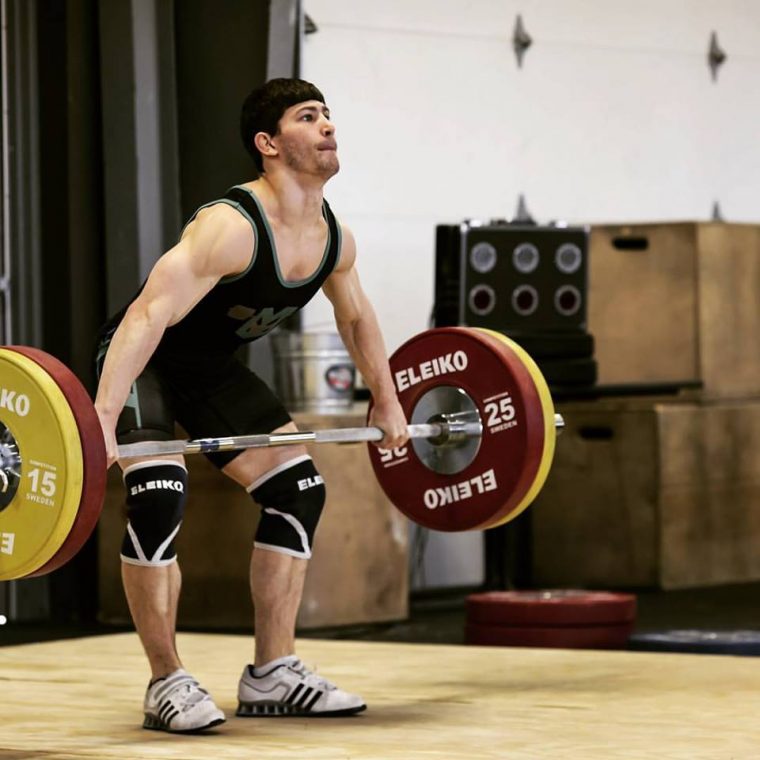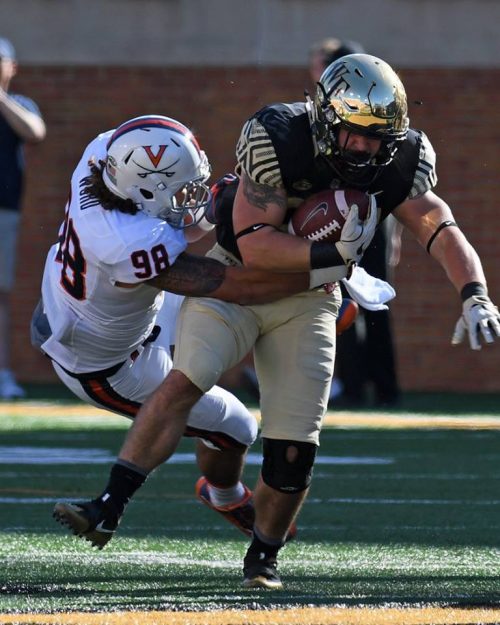Check out one of our 13 Books on topics like programming, conjugate method, nutrition, mindset, and competition prep at:
==> https://www.mashelite.com/ebooks/
or Check out one of our Online Teams and Nutrition Programs at:
==> Mash Coaching
Velocity Based Training versus the Dynamic Effort
A lot of well-known strength and conditioning coaches are putting out a lot of information regarding velocity based training. There is probably no one putting out more content than Bryan Mann. You should all check him out. The other day one of my powerlifting friends were complaining that velocity based training was simply copying Louie Simmons’ Dynamic Effort. I get it. I thought so too until I looked deeper.
VBT was definitely birthed from Westside’s Dynamic Effort. However VBT refers to every training session not just a Dynamic Session. VBT is a way of quantifying desired intent of each training session. Velocity can be used to define each quality of strength:

Up until now, we have been limited to percentages, which is an inferior way of quantifying training intent. Here’s why. On any given day an athlete’s 1RM can vary 18% each way. That’s a 36% swing, which leaves a lot of room for error. I train a lot of athletes online and onsite. Most of these athletes work a fulltime job, have families, and/or are in school. These factors can cause a lot of stress that in turn can greatly affect training.
VBT is a way of taking percentages and numbers out of the equation. Every coach on the planet that has written a workout has come across the frustration of a frustrated athlete. Your program has them squatting 80% for 4×3, which on paper seem reasonable. However the athlete can’t complete all the repetitions on the final set. The athlete is frustrated, and you are upset with your program. It’s not really your program as much as life causing a major indent on the athlete’s recovery.

The Dynamic Effort is one training session per week that is normally focused on the strength speed or accelerative strength quality of strength. Louie defines them a little differently, but that’s the gist of it. Most of the sessions are spent around the .8 m/s range with some variations for competition prep.
VBT is simply a way of quantifying all the ranges. VBT also crosses over to all sports a bit better as most sports require all the velocity zones to maximize performance. Olympic weightlifters will find time spent in each zone as well. The Olympic lifts by nature will guarantee time spent in the Speed Strength and Starting Strength zone. The Snatch by nature requires an average velocity of 1.5 m/s putting in automatically in the starting strength zone. The Clean on average requires 1.3 m/s putting it in the Speed Strength zone.
Each zone has a definition that can help coaches choose the proper zones to match the intent of the day. Absolute Strength is simply maximal strength, which is important for just about any sport. It’s also the true way to test for improvement.

Accelerative Strength is the zone that most coaches choose to spend the most time in for getting strong. The idea is pushing a heavy weight as fast as possible. This normally occurs around 80%, which is where Prilepin told us is the most sustainable percentage to gain strength. Of course 90% and above creates the most gains, but 90% and above is hard to maintain without injury or accommodation.
Strength Speed– this one is defined as moving moderately heavy weight as fast as possible. This is the strength quality most related to the Dynamic Effort Method in Powerlifting. This quality is managed with a .75-1m/s velocity, and normally this velocity is reached with loads between 50-60% of your 1RM. Personally I love this zone because a strength quality is being addressed that produces a great deal of power. It’s also more easily recovered from compared to accelerative and absolute strength. Not to mention dynamic squats leave the athlete more neutrally charged allowing them to perform explosive movement even better like cleans and snatches.
Speed Strength– If you are an Olympic Weightlifter, you live in this realm. You are probably pretty efficient in this area. Here we are using lighter loads at high velocities. In this case speed is the primary concern with strength being secondary. This strength quality takes place with velocities between 1 and 1.3m/s and usually with percentages of your 1RM between 30-40%. At this point you are leaning more toward velocity and less towards force, so overall power is starting to decrease.
Starting Strength– first let’s talk about what starting strength isn’t. Starting strength is not deadlifts or bottom up squats. Those are simply absolute strength movements that focus on concentric contractions. Starting strength is defined as “the ability to rapidly overcome inertia from a dead stop”. Starting Strength takes places at velocities faster than 1.3m/s, and usually these velocities occur with weights less than 30% of your 1RM. Inertia is defined as “a property of matter by which it continues in its existing state of rest or uniform motion in a straight line, unless that state is changed by an external force”. Basically if you are squatting with 25% of your 1RM, the goal is to change directions as fast as possible in the bottom of the squat while accelerating all the way to the top. This one is great for rate of force development, which we will also talk more about a little later.
Based on these definitions one can make a good case for using the Olympic lifts, since their very nature keeps athletes in the speed strength and starting strength zones. However, if you can’t properly teach the movements, you can still use other movements that are simpler to maximize gains in those velocity zones. As you can see VBT is just a guideline. It’s not really a workout or even a defined training session like the Dynamic Effort Method. It’s simply a way of using velocity to guarantee that the training intent for each session is being met.
I hope that this helps clear things up a bit. My friends Ryan Horn, Todd Hamer, and Dan Schaefer have really helped me to understand velocity based training much more. Of course Bryan Mann’s articles are amazing, and they have helped me really grasp the concept.
I am working on a book that we hope to release around Thanksgiving that will help Olympic weightlifters, powerlifters, CrossFitters, and field/court athletes to use VBT in several advantageous ways. My friend Coach Spencer Arnold, Head Coach of Power and Grace Performance, is helping me write this book, so get ready for some industry changing knowledge in a few weeks.
================================================
Check out one of our 13 Books on topics like programming, conjugate method, nutrition, mindset, and competition prep at:
==> https://www.mashelite.com/ebooks/
or Check out one of our Online Teams and Nutrition Programs at:
==> Mash Coaching
Pingback: Will Velocity Based Training Change the Way I Coach Athletes? | Mash Elite Performance